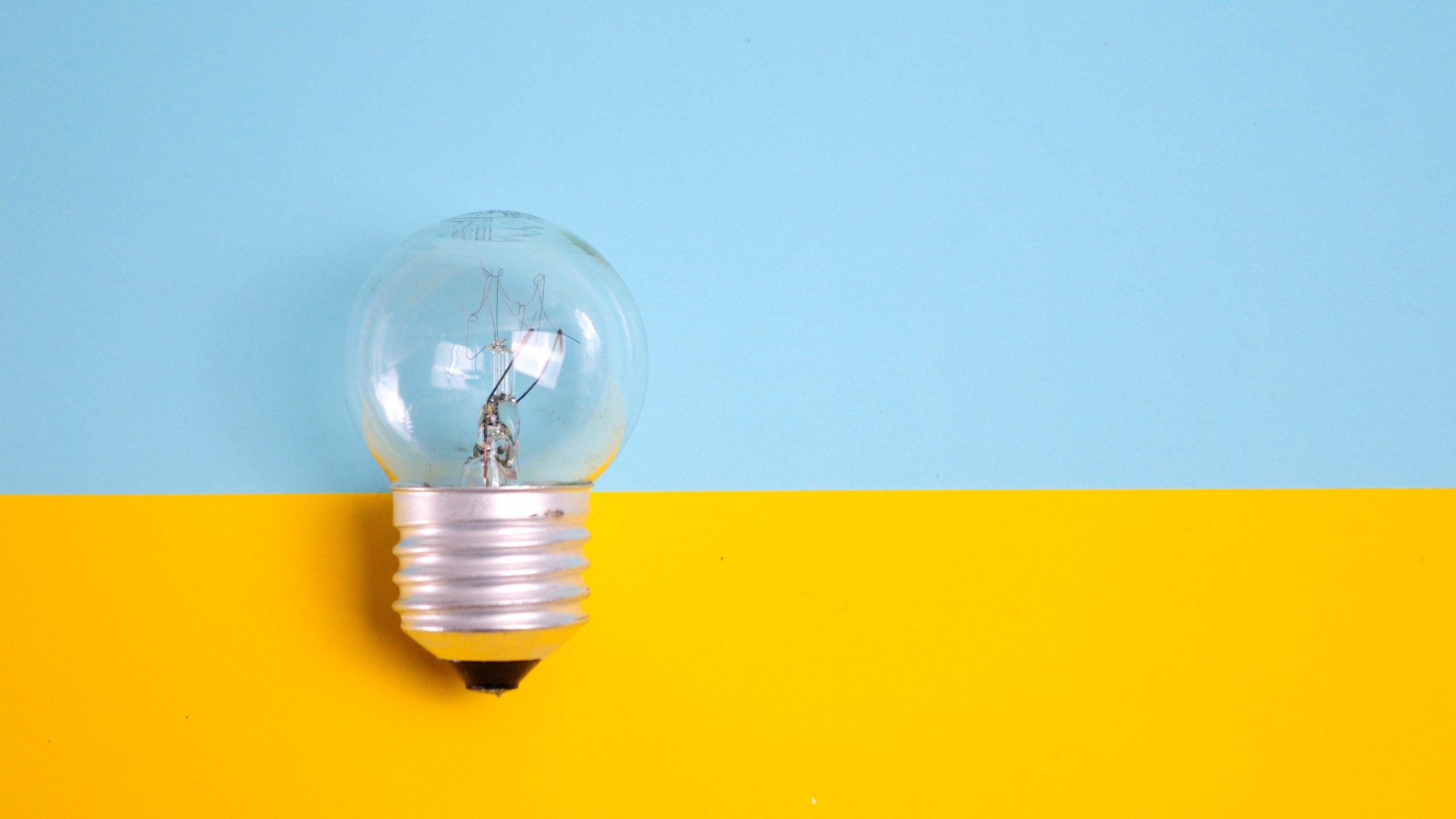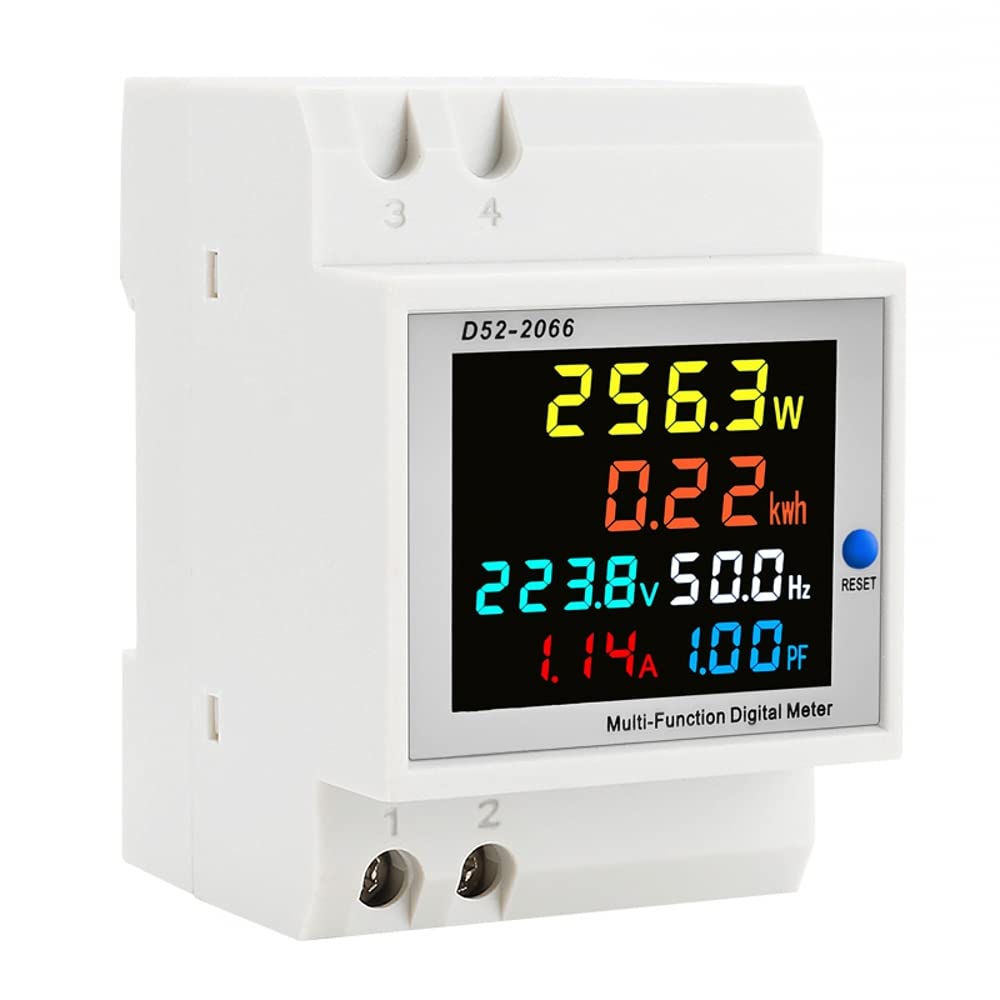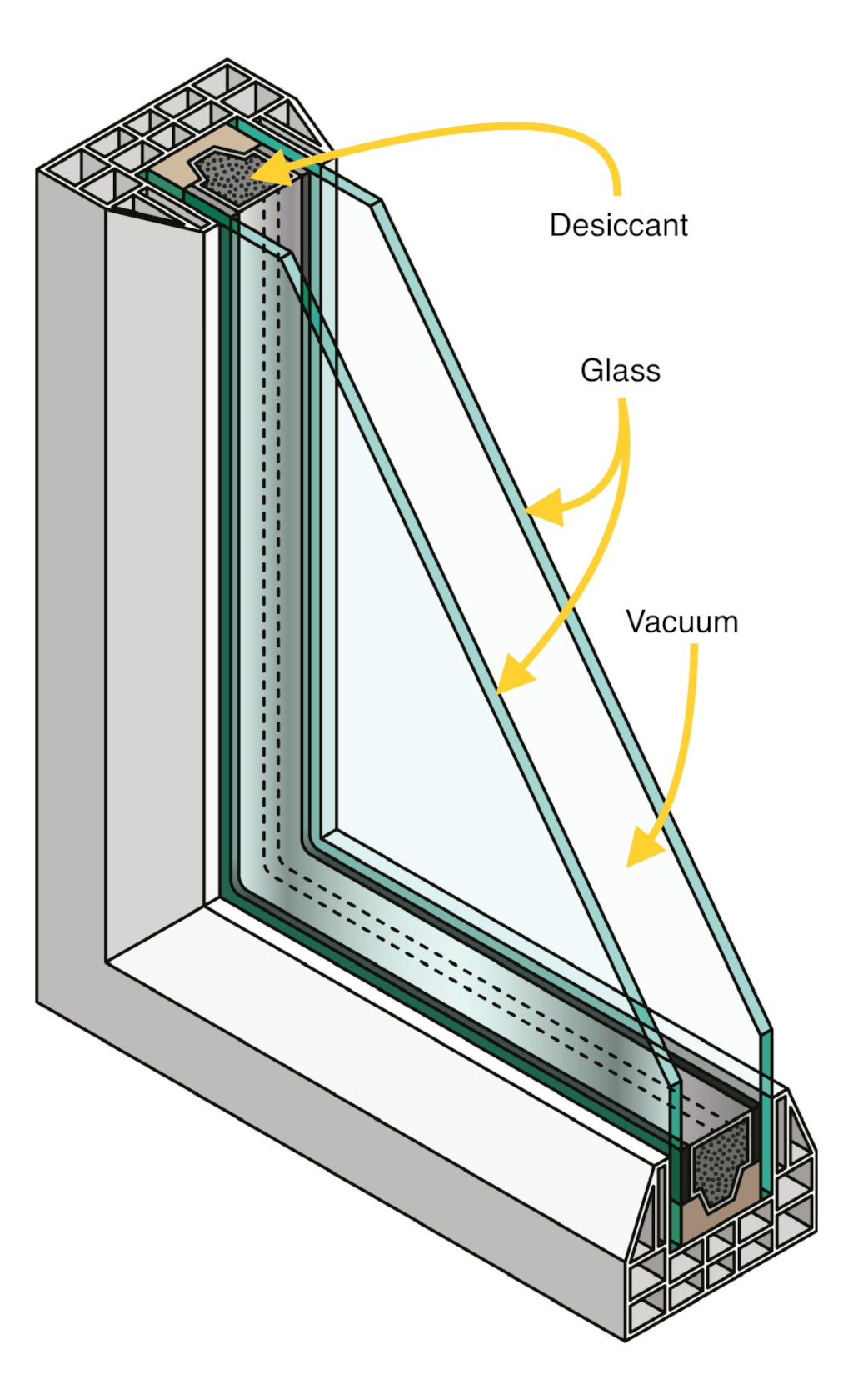Increasing energy consumption is a major issue in the world today, and the worst part is we cannot cut it to zero. It is not only an environmental concern but also a financial one.
The average American spends $2,000 on energy each year, and this number is only increasing as the population grows and becomes more technologically advanced.
However, we can start to reduce the consumption of energy at very small scale and that will lead to big saving if everyone starts doing same. By masses we can save a lot of energy.

The first step to reducing energy consumption is to reduce the amount of electricity that you use; this can be done by turning off lights and electronics equipment when they are not in use, unplugging chargers and small electronic devices when they are not being used and using power strips to turn off electronics with one switch.
Another way to reduce your energy consumption is by installing solar panels on your roof or using an electric car. By installing on-grid solar systems you can even sell off excess energy that you generate over what you consume in a day. If on-grid is not available, then go with a hybrid or off-grid solar system with decent battery system.
Now begin with focusing on what devices consumes more energy in your home.
What Uses the Most Energy in Your Home?
The most energy-consuming appliances in your home are the heating and cooling systems.
The heating and cooling systems are responsible for about 40% of the energy use in a typical home. For instance, air conditioners, heaters, and refrigerators are energy-intensive because they need to maintain a constant temperature, which requires a lot of power.
Do You Know?
- The most energy-consuming appliances in your home are the air-conditioner and refrigerator. It consumes about 20-30% of your total energy bill.
- The second most energy-consuming appliances are electric induction stoves, cooktops, microwaves, and ovens which are accountable for 15-20% of your total energy bill.
- The third most energy-consuming appliances are the dishwasher and washing machine, which use about 10% of your total energy bill.
All these may vary depending on your lifestyle. We can save a lot of energy consumption from all these appliances by smartly using them. For example, set the optimum temperature in the refrigerator, use the dishwasher when you have enough dishes to wash, and use the washing machine when you have enough clothes to wash. Running appliances for small use will consume high energy.
Everyone must think of saving energy and preventing the overuse of anything unnecessarily.
Why Reducing Consumption Is Important?
The world is facing a huge environmental crisis due to the overuse of energy.
The consumption of resources has increased exponentially in the last few decades, and it is not sustainable. We need to reduce our energy consumption in order to save the planet and make it a better place for future generations.
The chart tool is made by “Our World in Data” to understand per capita energy use.
10 Ways To Save Energy, Money, and the Environment.
There are many things you can do to reduce your energy consumption and save money on your electric bill. To begin with, understand your energy bill first and then try to identify where you can save more.
The information on a typical energy bill can be confusing, but understanding it can go a long way to helping you get to grips with your energy use at home. You can trim down your energy bill just by adopting a few rules in the house for using heavy appliances or switching to an eco-friendly device.
Let’s read the tips now:
1. Turn Off Lights When Leaving a Room.
Leaving a room and forgetting to turn off the lights can be costly. Not only is it wasteful, but it can also be dangerous. According to the U.S. Department of Energy, leaving a light turned on wastes $3 billion worth of electricity each year in the United States alone. That’s enough energy to power 30 million homes!
There are several ways you can remember to turn off your lights when you leave a room:
- Place a sign near the door that says “lights out”.
- Install motion sensors so the lights turn off automatically when no one is in the room.
- Make it a habit to always turn off the lights before leaving a room.
2. Use LED Lights Only.
If you’re looking for ways to save on your energy bill, consider using LED lights only. LED lights use up to 90% less energy than traditional incandescent bulbs, and they last up to 25 times longer. So not only will you be saving money on your energy bill, but you’ll also be saving money on replacement bulbs.
There are a number of different LED light bulbs available, so you can find one that fits your needs. There are bulbs for indoor and outdoor use, as well as different colors and brightness levels. Plus, many LED light bulbs are now compatible with dimmer switches, which means you can customize the amount of light you need depending on the situation.
If you’re ready to make the switch to LED lights, there are a few things to keep in mind.
First, make sure the fixtures you’re using are compatible with LEDs. Also, since LED lights run cooler than traditional bulbs, some fixtures may need to be adjusted so they don’t overheat.
Once you’ve made the switch to LEDs, you’ll never go back!
3. Switch to Energy-Efficient Appliances.

Are you in the market for a new appliance? If so, you may want to consider purchasing an energy-efficient model. Energy-efficient appliances use less energy than traditional models, which can save you money on your utility bills. There are a number of different types of energy-efficient appliances available, so you can find one that meets your needs. For example, if you’re in the market for a new refrigerator, there are several ENERGY STAR-certified models to choose from. If you’re not sure whether an energy-efficient appliance is right for you, consult with a trusted retailer or manufacturer. They can help you determine which models are most appropriate for your needs and budget.
Switching to an energy-efficient appliance can be a great way to save money and help the environment. So if you’re in the market for a new appliance, be sure to consider an energy-efficient model.
4. Unplug the Device When Not in Use.
It’s important to remember to unplug your devices when you’re not using them. This includes your phone, laptop, and any other electronics. Leaving them plugged in can use up a lot of energy and can even be dangerous. So next time you’re finished using your device, make sure to unplug it! Or utilize spy guard if many plugs need to be unplugged, like desktops.
5. Keep the Thermostat at a Low Temperature.

You can save as much as 10% a year on cooling and heating by simply turning your thermostat back 7°-10°F for 8 hours a day from its normal setting. Do not constantly change the thermostat setting when you are home – it wastes money, and energy, and leads to equipment breakdowns. Don’t adjust your thermostat up or down to heat or cool your home faster – it doesn’t work that way.
If feasible, use a programmable smart thermostat, it is even better to manage the temperature.
6. Cook With the Lid On.
Cooking on induction too uses a lot of energy that’s why keeping a habit of cooking food with the lid on, it will cook faster and save more energy. Although, I’ve found that it doesn’t work for every type of food unless the correct kitchen utensils are used like Cooker, Idli Maker or Steamer, and so on.
But feel free to give it a try and see if it works better for you!
7. Use a Smart Meter To Track Usage.

One of the easiest ways to reduce your energy consumption is to use a smart meter. Smart meters track your electricity usage in real time, so you can see how much power each appliance uses and make changes to save energy.
Smart meters also allow you to set up alerts, so you’ll know when you reach a certain threshold and need to conserve energy.
If you want to start using a smart meter, contact your local utility company and ask about their program. Many electric companies offer free or discounted rates for customers who participate in their smart meter programs.
8. Save Energy in How You Wash and Dry Clothes.
There are a few simple things you can do to save energy when washing and drying clothes.
For starters, make sure you only run the washer and dryer when you have a full load. The washer doesn’t need to be set on the highest setting for every load – in fact, many times it’s unnecessary. The same goes for the dryer – using a lower heat setting will save energy without compromising your clothes’ quality.
Finally, try to air-dry your clothes whenever possible. Not only does this save energy, but it also helps preserve your clothes’ fabric and color.

9. Switch To Double-Glazing Windows.
A window with insulating glass is commonly known as double glazing window, it is separated by a thin layer of air (a vacuum) or sometimes inert gas such as argon that helps maintain different temperatures on both sides of the glass. The layer between the two glasses is the magic ingredient as it keeps the cold out, and it keeps the warm in.
The desiccant frame between the glasses allows the vacuum space free from growing any moisture and keeps the layer dried.
10. Install and Use Renewable Sources.
Renewable energy is becoming more and more popular and for good reason. It’s a great way to reduce your carbon footprint, save money on your energy bills, and help the environment.
Here are some tips on how to install and use renewable sources of energy in your home.
The first step is to figure out which renewable source of energy is best for you. There are many different options available, including solar power, wind power, and hydropower. Once you’ve decided on a source of renewable energy, you need to install it. This can be done either by yourself or by a professional installer. Once the renewable source of energy is installed, it’s important to use it properly. Make sure that you take advantage of all the benefits that it has to offer. For example, if you have solar panels installed, make sure that you use them during the day when the sun is shining brightest. And if you have a wind turbine installed, make sure that it’s placed in an area where there is plenty of wind.
Using renewable sources of energy can be a great way to save money and help the environment. If you’re not already using them, consider installing one today!
Conclusion.
To sum up this guide, so far we know that just by tweaking some habits and using efficient appliances we can save a lot of energy and money. By installing renewable sources like solar systems or rooftop turbines we can use nature’s free available energy and save money here too. For a better future, we should save more and more energy until a limitless source of energy is invented.
Leave a Reply